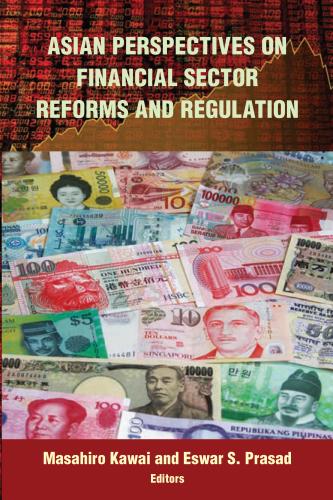Studies in this week’s Hutchins Roundup find millennials’ consumption preferences are not that different from previous generations, female employment partly explains the slow post-recession employment recovery, and more.
Want to receive the Hutchins Roundup as an email? Sign up here to get it in your inbox every Thursday.
Millennials’ consumption preferences are similar to previous generations—at least for now
There is widespread commentary that the economic well-being of the millennial generation, which reached working age around the Great Recession of 2007-09, is and will continue to have macroeconomic consequences—on auto sales, home sales, and bricks-and-mortar retailing—because millennials have different spending tastes. Christopher Kurz, Geng Li, and Daniel Vine of the Federal Reserve Board compare consumption preferences across four generations using survey data and conclude that this view is inaccurate. They find that millennials’ consumption preferences resemble that of previous generations even though the millennials have lower income and assets than other generations did at comparable ages. Millennials are no more indebted, on average, than Generation X but more than the Baby Boomers, but they have more student loan debt and less mortgage debt. The authors caution that many millennials are still young, and it remains to be seen whether entering working-age during the recession will have lasting impact on their consumption patterns.
Slowdown in female employment partly explains sluggish post-recession employment recovery
The fraction of men working nearly always rises slowly after a recession, but in the 1970s and 1980s, the fraction of women with jobs rose sharply. The resulting convergence of male and female employment rates plateaued in the 2000s. Masao Fukui of MIT, and Jón Steinsson and Emi Nakamura of the University of California, Berkeley, find that much of the sluggishness in recent economic recoveries reflects a slowdown in the increase in the fraction of women with jobs in the 2000s. Standard economic models suggest that each percentage point increase in female employment is matched by a percentage point decline in male employment. In contrast, the authors, using state level data, find that a 1 percentage point increase in female employment leads to only a 0.15 percentage point decline in male employment. “In other words,” they write, “our estimates imply very little crowding out of men by women in the labor market.” A key difference in the authors’ model from the standard one is that they see women moving from home production to work; standard models see them as moving from leisure to work.
Fiscal expansions increased firms’ profitability during the recovery from the 2008 financial crisis
Carolina Correa-Caro of the Inter-American Development Bank and Leandro Medina, Marcos Poplawksi-Ribeiro, and Bennet Sutton of the International Monetary Fund examine how fiscal stimulus during the Great Recession affected corporate profitability during the subsequent recovery. Using financial statement data from 2009 and 2010 for more than 22,000 non-financial firms in 52 countries, and controlling for differences in sensitivity to business cycles across sectors, the authors find that an increase in discretionary spending of 1 percent of GDP led to a 0.14 percentage point increase in the average firm’s profits as a percent of total assets. Most of the increase in firm profitability came from increased government spending, rather than tax cuts. The effect was larger in advanced economies than in emerging economies and larger for firms in the manufacturing, utilities and retails sectors than for firms in other sectors.
Chart of the week: Treasury yield curve flattens as the spread between 2- and 10-year Treasuries shrinks

Quotes of the week:
“We’re at our 2 percent inflation target, inflation expectations are very well anchored, wage growth has picked up a little bit, but it’s not to levels that signals high inflation in the future and the labor market continues to surprise us with additional slack…. [W]e’re close to neutral on the fed-funds rate, let’s just pause and allow the economy to continue to evolve. We have plenty of time to raise rates if inflation and inflation expectations pick up,” says Neel Kashkari, president of the Federal Reserve Bank of Minneapolis.
“I’m still of the view that with the economy on a really very strong kind of path with a lot of momentum, especially with some of the fiscal tailwinds and other factors, that further gradual [interest-rate] increases over the next year or so still make sense…. The timing of when to best adjust policy is something we will discuss and decide on,” says John Williams, president of the Federal Bank of New York.
The Brookings Institution is committed to quality, independence, and impact.
We are supported by a diverse array of funders. In line with our values and policies, each Brookings publication represents the sole views of its author(s).










Commentary
Hutchins Roundup: Millennials’ consumption preference, slow employment recoveries, and more
December 6, 2018
Studies in this week’s Hutchins Roundup find millennials consumption preferences are not that different from previous generations, female employment partly explains the slow post-recession employment recovery, and more.